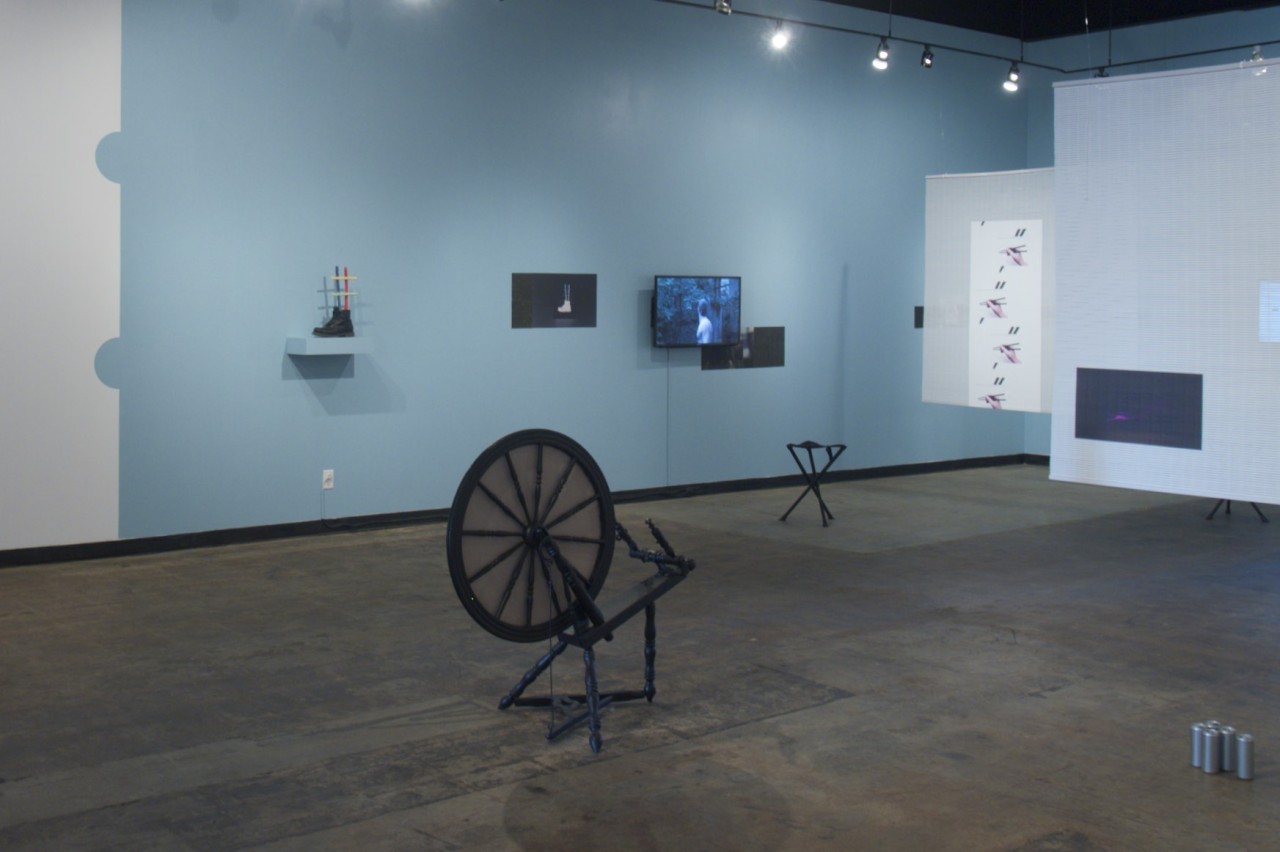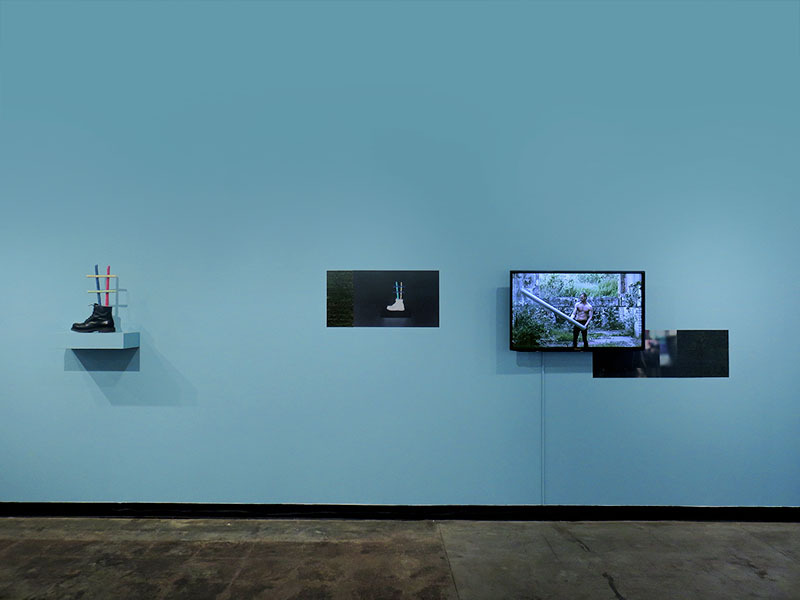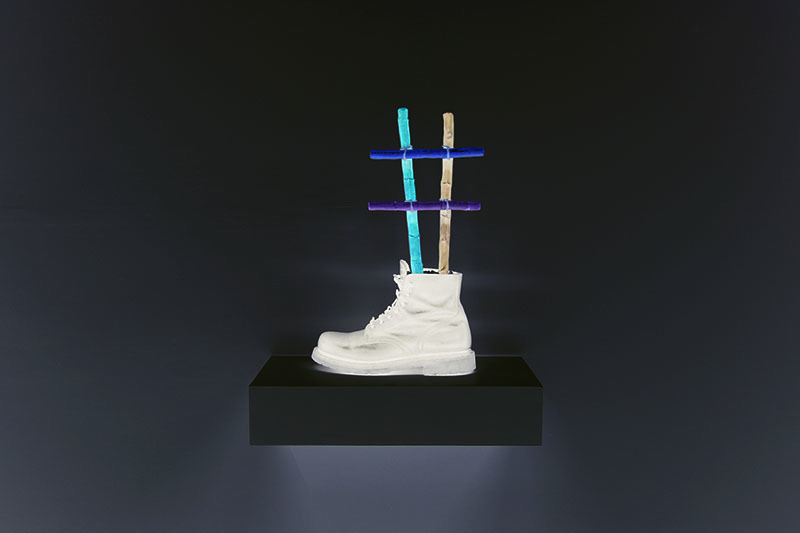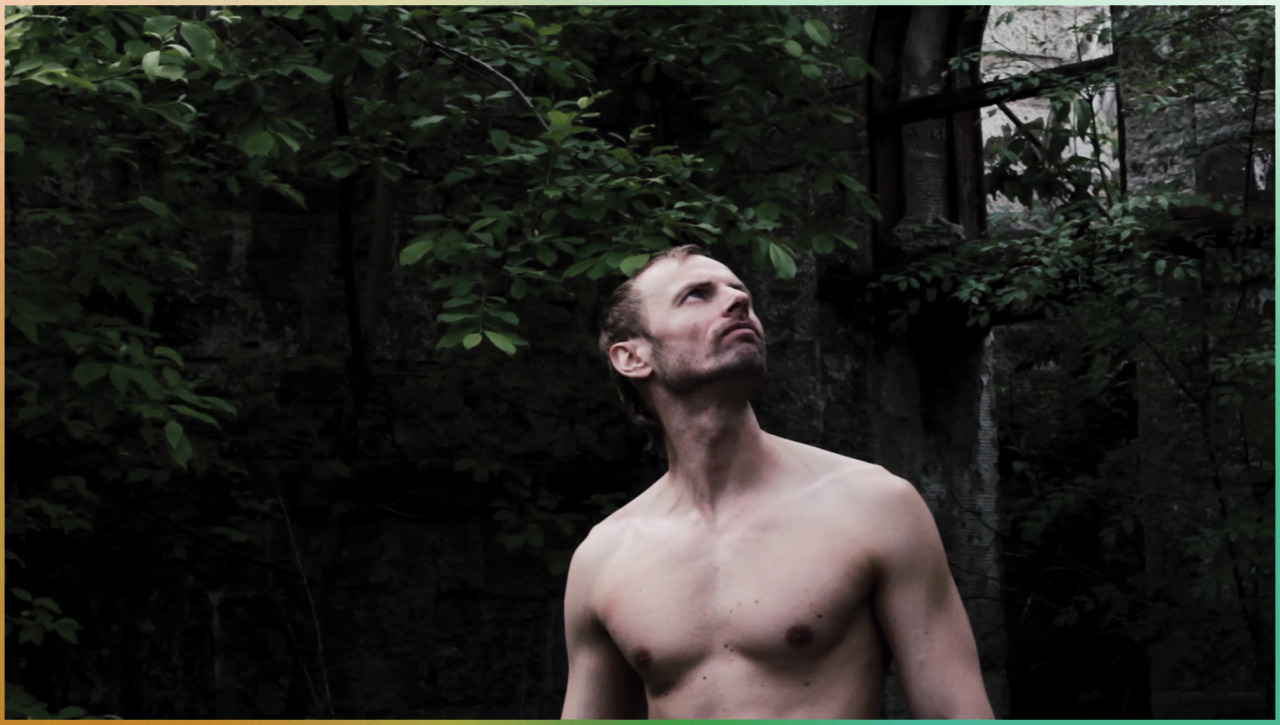Dominique Sirois | Alarm Songs: Leisure Machine
June 5 – July 11, 2015
Leisure machine (2015). Video still of a slipmat (from Hugo Münsterberg laboratory).
Opening reception | Friday, June 5 at 7 pm
Artist Talk | Saturday, June 6 at 1:30 pm
Dominique Sirois' interdisciplinary examination of the aesthetics of the alarm takes the form of a sculpture and video installation tracing a history from the industrial revolution and the history of labour, through the music of Arseny Avraamov and the avant-gardes of the 20th century, to the rave and contemporary dance music.
With the participation of Lewis Beveridge, David Campbell, Simon Fournier, Mathilde Gesseaume-Rioux, David Girard, Aaron Jeffrey, Geneviève Lauzon, Julie Martis, Krzysztof Mróz, Philippe Poirier et Emmalie Ruest.
With the precious help of the Canada Council for the Arts and the Conseil des Arts et des Lettres du Québec. Acknowledgements: CCA Glasgow (Anslie Rodderick, Francis Mckee), Grégory Chatonsky, Olivier Alary, Tom Richardson, Alain Sirois, Michel Sirois, Amine Baggar, Sébastien Chagnon-Jean, Coco, Maurice Hénault.
Alarm Songs: Leisure Machine – Dominique Sirois
Text by Dominique Sirois-Rouleau | English translation by Timothy Barnard
From the Italian Futurists to hip hop by way of musique concrète, the sound of sirens and alarms has long shown its musicality and discursive possibilities. For the sound of sirens expresses a social condition tied up with industrialisation. Initially associated with a kind of glorification of workers and machinery, the siren gradually changed into an allegory of control and surveillance, thereby eloquently demonstrating the breakdown of the leisure society myth. This lost hope of human emancipation by the machine is materialised by Dominique Sirois in the figure of the siren. Its sound reflects an awareness of history on the march, like an intuition of the failure of modern liberal ideologies.
Alarm Songs: Leisure Machine thus explores the tension between the concepts freedom and work, conveyed by Sirois through a fine-grained observation of the conditions of the industrial revolution up to the promise of a leisure society. She borrows from the mythological model by granting her characters narrative meaning and value. They are thus both discursive tools and the anthropomorphic manifestation of the industrial revolution. Indeed with her ingenious style Sirois can be seen to be working at the boundary of the machine-human and the human machine in such a way as to let the bodies and places narrate their era and condition. Strolling, the Romantic figure par excellence, combined with a ghostly recollection of a siren, thus embodies the course of history like a slow choreography with no other objective than its own creation in time.
The dawn and maturity of the industrial age are contrasted by Sirois’ staging of the leisure society. Explained by the growing accessibility of knowledge, the leisure era adopts Victorian apparatuses in which the human dance with the machine takes new form in a librarian ballet. In this sense, print culture embodies the first leisure activity no longer associated so much with the body as with the bourgeois condition. From the industrial economy to the culture industry, from the body to the mind and from the library to the buffet, Sirois reveals the gargantuan decadence of the systematic dissemination and reach of information. The culture of accessibility reveals its standardised dissolution of originality in favour of content that is constantly easier to absorb.
Alarm Songs: Leisure Machine lays bare the semantic misrepresentation of the society of control as the leisure era. Sirois associates leisure and bureaucracy in such a way as to reveal their distressing similarity: the never-satisfied expectation of the beginning of one and the end of the other. Depicted as an almost organic unity, the cycle from industry to leisure reveals its conclusion in a perpetual state of suspension. The limbo of the idleness and anticipation of leisure is part, in sum, of industry’s systematic activity carrying out the disappearance of the species. Through the subtle use of narratives, Sirois effectively demonstrates how the body has been systematised by the leisure machine. At the conclusion of this historical journey the machine is less a promise of freedom and emancipation than the instrument of its own adaptation. The leisure machine opts for post-production and, in this play of appropriation, it evokes in the end the cunning transformation of the industrial era into a globalised economy.
Dominique Sirois lives and work in Montreal, she hold a degree from UQAM in visual art (MFA 2010). Her practice take the form of installation involving an interplay of sculptures, videos, sounds and prints. Sirois work deals with three fields of interest: value and surveillance, economy and affects and ruins and obsolescence. Her projects have been presented in numerous artist run centers in Canada. She also made several residencies abroad among them, Glasgow CCA and the Couvent des Récollets in Paris. She frequently collaborates with artist Grégory Chatonsky. They presented their joint work at Taipei MOCA, at Enghien-les-Bains CDA in France, at Unicorn Center for Arts in Beijing and at Whuan historial museum.
Dominique Sirois-Rouleau is a post-doctoral researcher at the Laboratoire de recherche en esthétique of at UQTR and a lecturer at in the Art History department of UQAM. Her research focuses on the ontology of contemporary art and the notion of art objects in current artistic practices. She has participated in several conferences in on art history and philosophy and written in various art magazines concerning on emerging art practices and ideas. She currently works as an art critic and curator.





